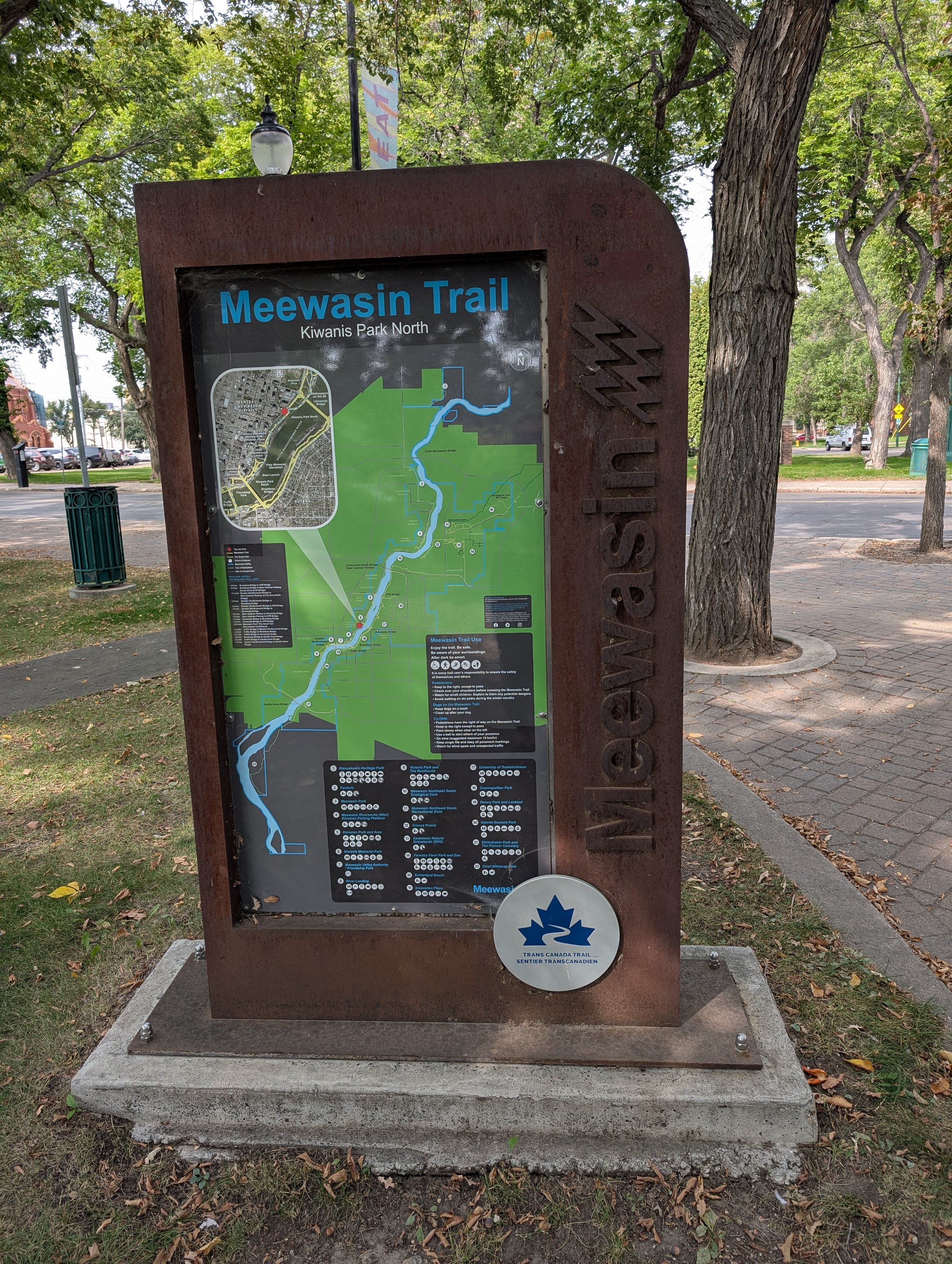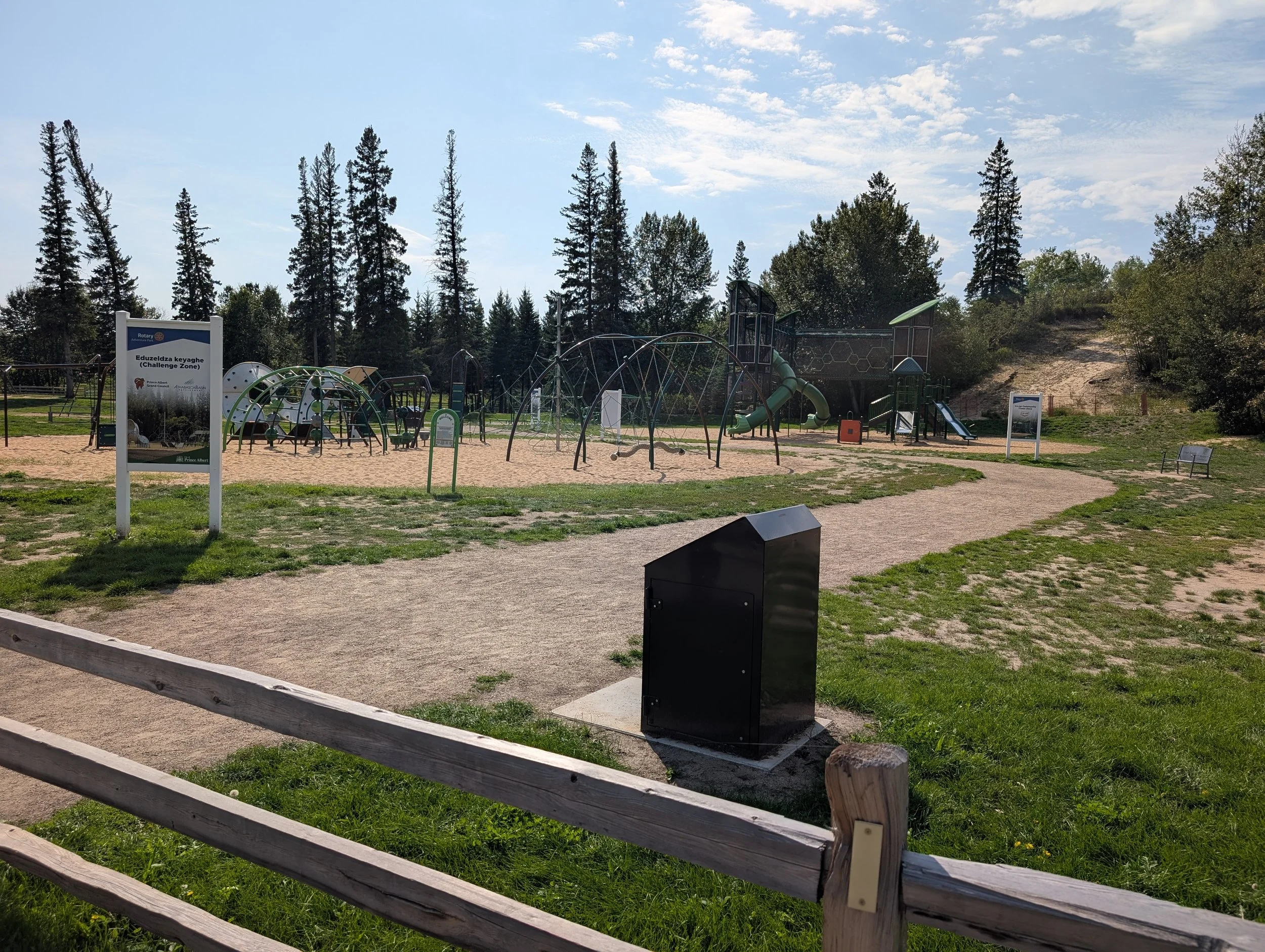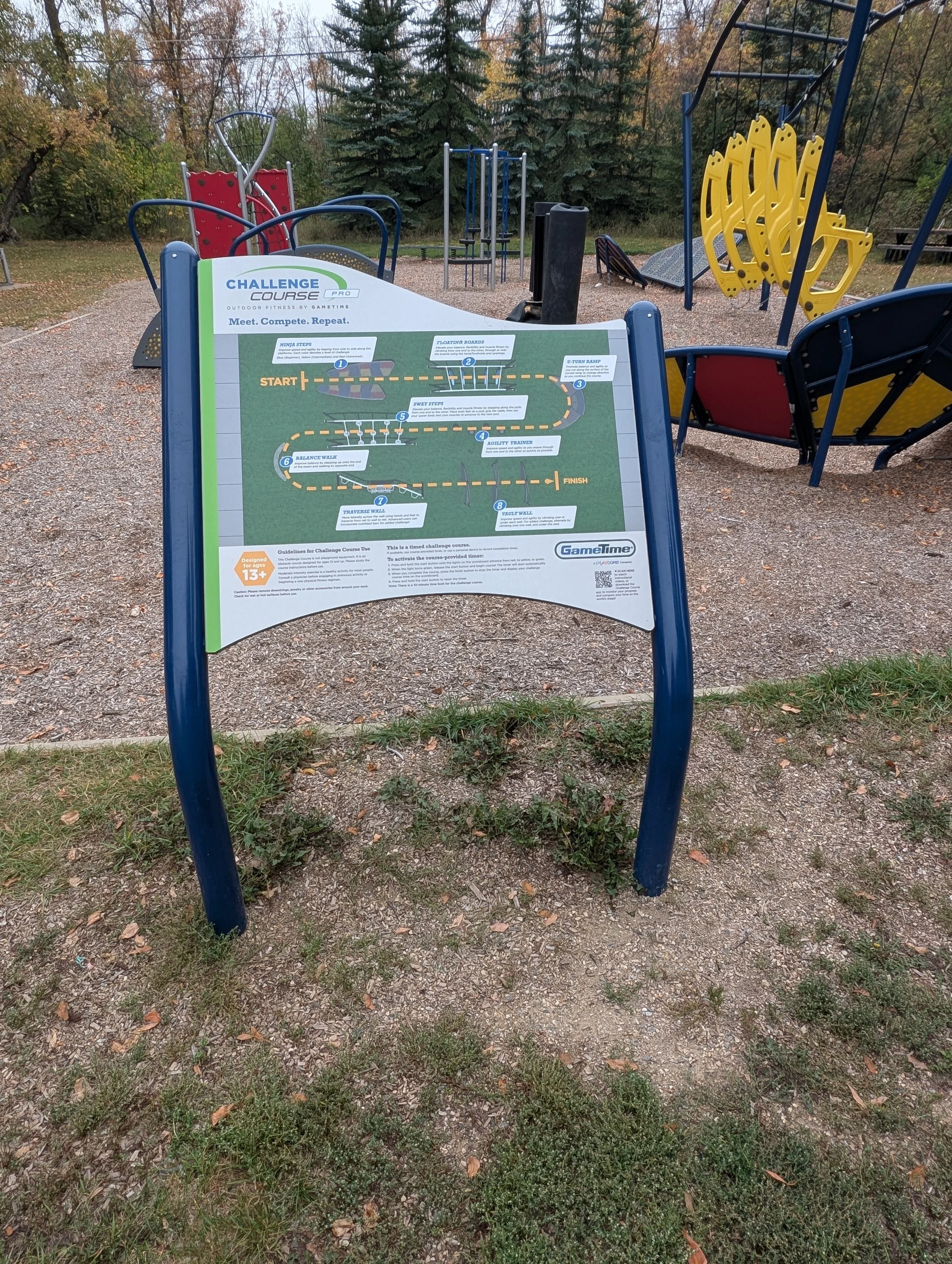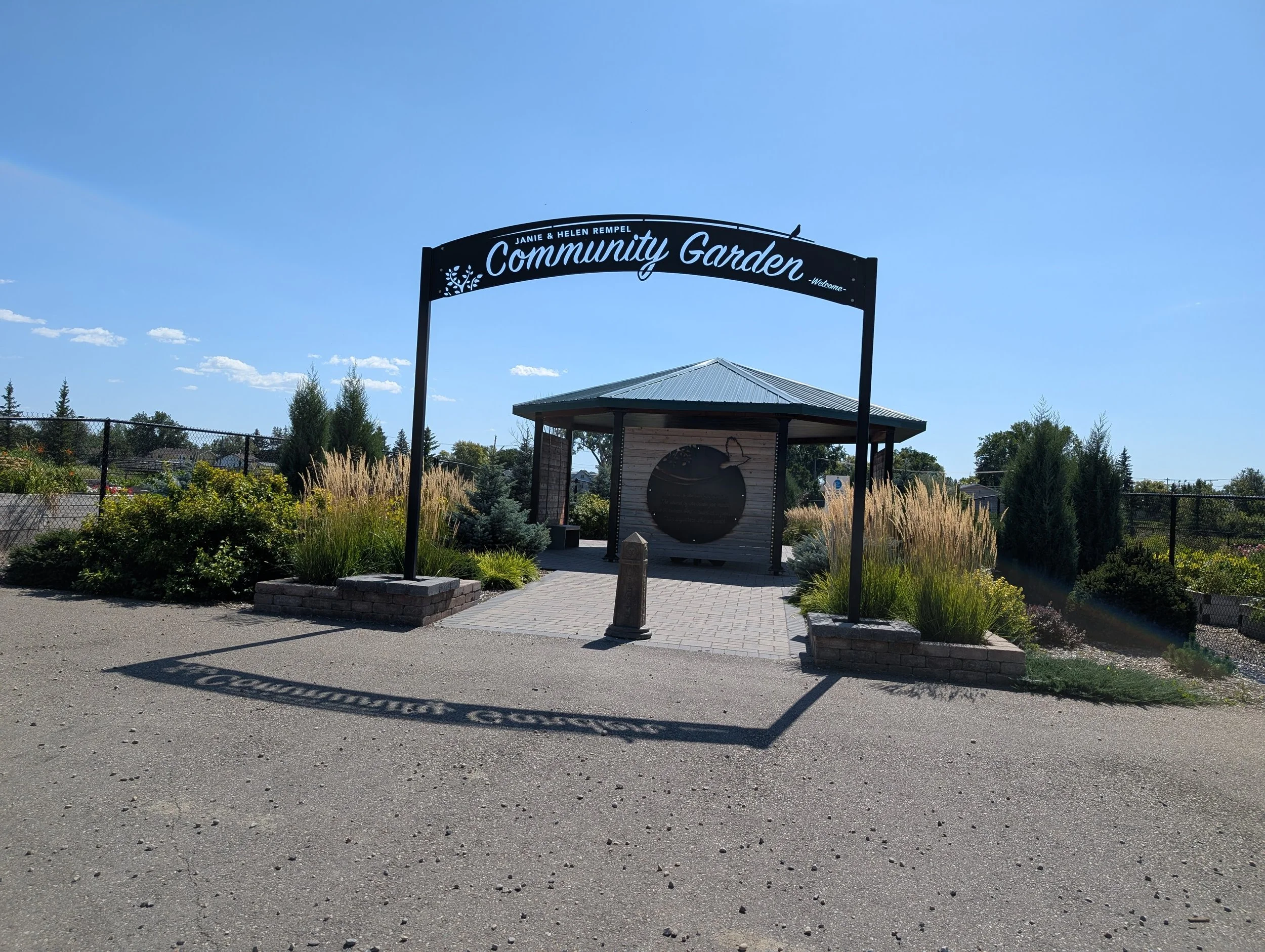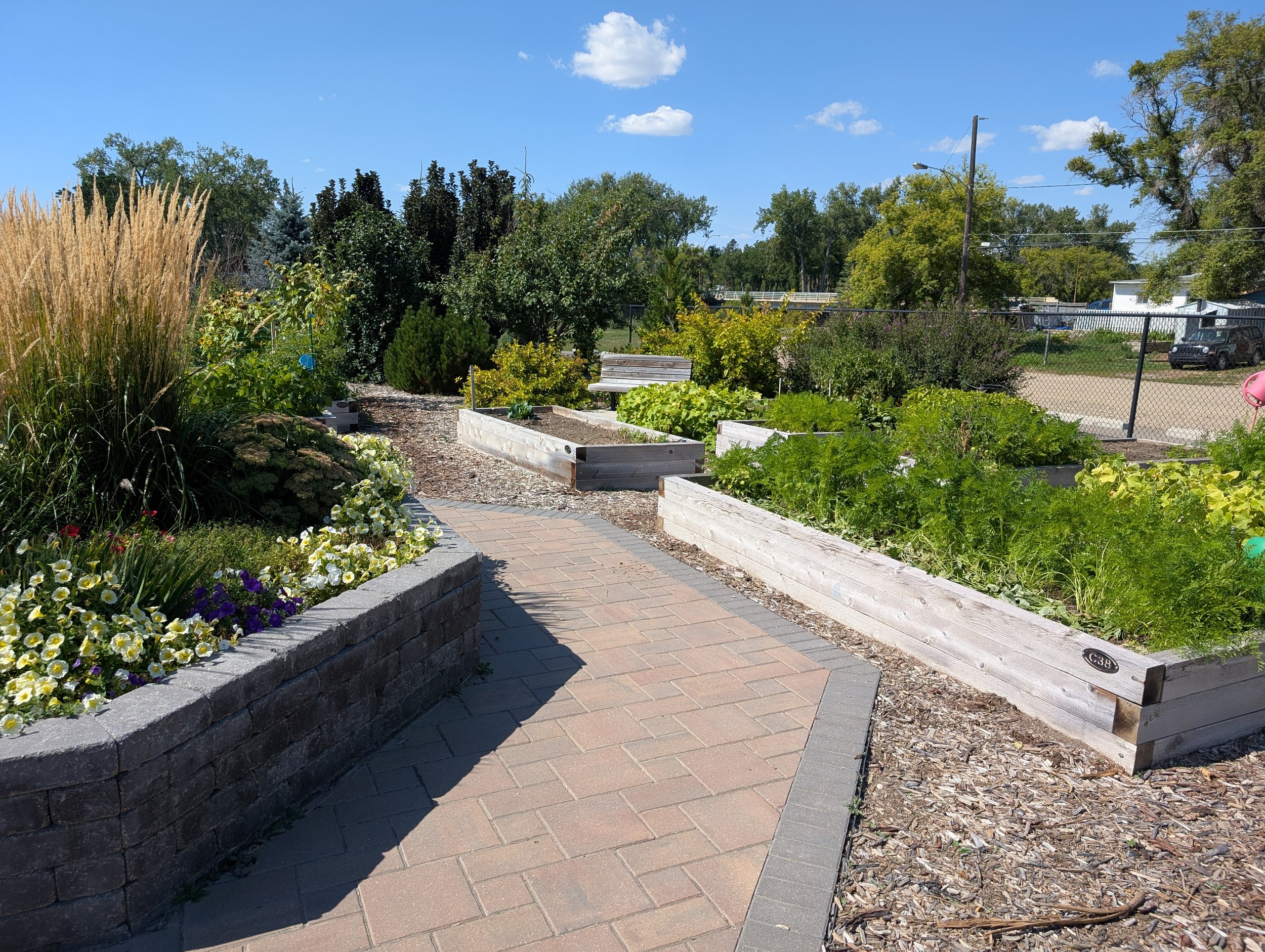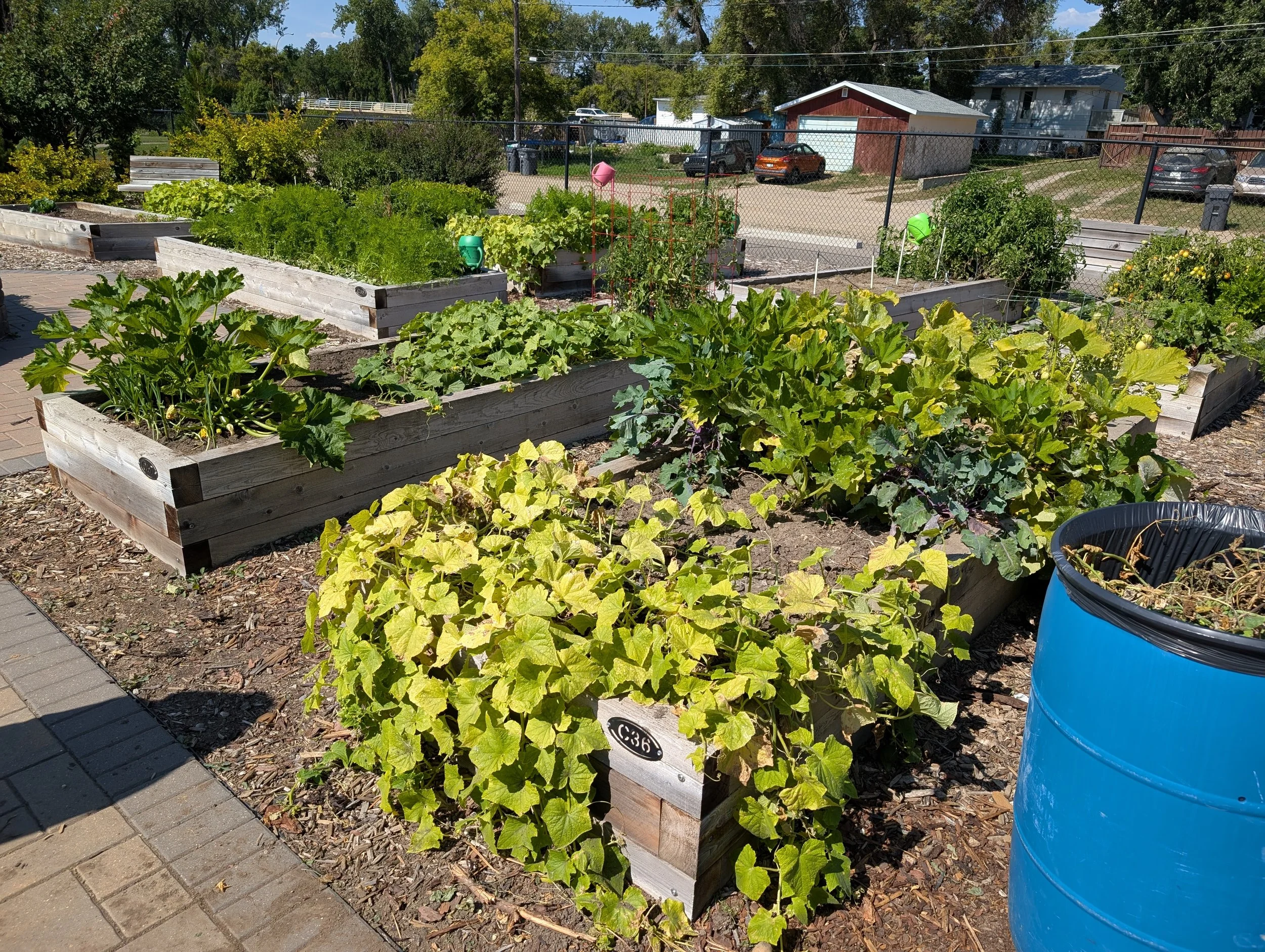Amenities & Recreational Spaces
JUMP TO:
MORE DEVELOPMENT SECTIONS:
AMENITIES & RECREATION SPACES
Park Projects for Everyone
Urban parks can be almost anything that you can envision for your community. From naturalized spaces with rough trails for hikers and bikers to get back to nature, to splash pads and playgrounds; from outdoor pickleball courts to exercise equipment. The opportunities to create something for your community are endless and all come back to one guiding activity: get outside and enjoy!
There might be some simple upgrades that could make a big impact, or maybe you’re looking for some new creative ideas. Take a look through some of the projects here, many of which ASUPCA members have already developed, and see if you get inspired!.
Wayfinding & Interpretive Signs
Half of developing a park is the amenities. The other half is getting people out to enjoy it! Especially in the instance of both developed and natural trails, as well as activities that may pre-date park development, trail and amenity wayfinding and education signs, as well as signs for direction, safety, and guidance for enjoying the park as a good outdoor citizen can have significant value.
Wayfinding and interpretive signs should have recognizable brand elements to help users recognize park attractions at a glance. Signs don’t have to be expensive to make but keep in mind the quality of the materials. Consider initial costs as well as replacement costs in the case of damage or changes to information.
An extensive trail network along the North Saskatchewan River in North Battleford and the Town of Battleford benefitted from new wayfinding signs, beautifully designed and recognizable throughout the valley and conservation areas.
Meewasin Valley Authority has a well developed sign strategy that helps bring together the disparate parts of the conversation area through the valley. The signs are easily recognizable and impart useful information about the entire trail network, from Beaver Creek south of Saskatoon up to the Northeast Swale in north Saskatoon.
Pavilions, Cooking Areas & Warm-Up Shelters
For park spaces where you want to encourage users to sit and stay, providing low maintenance amenities for do-it-yourself outdoor feasts is a great option. Cooking areas can be simple with single fireplaces and picnic tables, or more complicated with built up woodfire areas and sheltering covers. If you want to encourage year round use in your park, covered picnic areas are a great feature.
Consider the distance from available parking to the picnic area, as well as to garbage facilities and staff to keep these areas clean.
Start easy and scale up! Some well placed picnic tables, firepits, and garbage facilities can create a simple gathering area, and removing these amenities should the park’s desired use change is relatively easy.
Some picnic facilities can attract undesired uses. Consider the facility location and ability to implement usage barriers should the need arise. Be considerate neighbours if the park location is near a residential area.
For more information on using design to support safe uses of public amenities, you can access resources and training materials regarding Crime Prevention Through Environmental Design (CPTED) online.
Little Red River Park near Prince Albert started out as a cross country ski trail network, and had a downhill ski area - a real getaway for winter enthusiasts! As the city park department worked to develop more features to attract visitors, a funder offered support for construction of warming shelters. The small cabins were constructed to fit into the surrounding landscape, containing all the features a skier might need, including a wood fireplace. These warm up shelters are inviting and large enough to fit groups of skiers to rest and warm up before heading out for more fun!
Playgrounds & Challenge Courses
Parks and playgrounds go together well, and the process to build a playground is relatively well known. Adding some creative elements that meet the needs of residents, or attract visitors to your community, might fit into your park plan.
Splash pads can be a great addition for summer fun, but do your research carefully before setting a budget. Water allocation, maintenance and cleaning, and replacing fixtures can lead to cost creep.
Challenge courses add a big kid activity to a park with equipment intended for more athleticism and an element of competition. Along with a growing popularity for outdoor exercise equipment, challenge courses provide something unique for adults and older teens that encourage outdoor activity. For a neighbourhood with a high population of young adults, consider amenities that appeal to an age group that might be challenging to engage.
Swift Current and Prince Albert both have great examples of unique parks mentioned in other parts of this guide. The inclusive playground in Swift Current is a good case study about how accessibility and inclusion differ. Even if a fully inclusive playground doesn't meet your community needs, some inclusive design features such as inclusive signs and spaces for children with unique needs could be incorporated into existing playgrounds.
The playground at Little Red River Park in Prince Albert is designed for multiple ages, with a variety of surfaces, equipment, and seating, and is located near to a picnic area and warm up shelters. It is an attractive feature that is designed to fit well with the surrounding area and other amenities to create an appealing stopping place for families and kids of all ages.
Wakamow Valley has a number of different parks with a wide variety of amenities that appeal to almost every age. From hiking and exploring, to sitting and enjoying the outdoors, to camping and water activities, there’s something for almost anyone, including park visitors who enjoy a challenge. Located in a beautiful picnic area that can be booked for private events, the challenge course is an extra bit of fun for adults. As part of a workout in the park, or as an add on to a family event, a challenge course might be a great addition to a stay and play aspect of your park.
Disc Golf, Outdoor Basketball Courts & Sports Fields
At first glance, these might seem unrelated, but they all have one thing in common: they are relatively simple to set up and provide access to, and are also relatively simple to repurpose should needs change. If you have green space or empty lots available in your community, consider if your community could benefit from recreational sports.
Disc golf courses are popping up in communities across Canada, and for good reason. The sport is popular, disc golf organizations are engaged, and the courses require very little infrastructure. To find out what you need to build a disc golf course in your community, reach out to Canadian Disc Golf for guidance, or get in touch with ASUPCA to learn more.
Empty lots and irrigated grass: the two main ingredients for grass sports fields, including soccer, cricket, t-ball, and more. Irrigation for grass in sports fields is frequently necessary, as the grass has to stand up to hardy use! When not in use, grass lots are open areas great for events.
Swift Current and North Battleford were able to use existing green space owned by the city but otherwise somewhat underutilized to add a disc golf course. The Swift Current Parks Department approached the local disc golf organization during the planning phases to learn more about the best course path, and tee and basket placement. North Battleford was able to place a course along the river on an existing groomed park space. Both courses have attracted disc golf tournaments and avid players. Easy and popular additions to otherwise underused green spaces!
CONSERVATION & CULTURE
Projects that Have Cultural and Historical Significance
The research into the benefits of outdoor education programs for kids is growing, and parks and conservation areas offer excellent opportunities for educators and schools to teach curriculum in an interactive way.
Whether it’s providing a space for schools to bring kids that have amenities to support interactive learning, or opening an interpretative centre to act as an indoor classroom element to outdoor learning, there are many examples of projects that support kids and teachers.
There are several online resources for developing park amenities that can appeal to teachers, including how to help develop programs and resources that are age and curriculum appropriate. Check out the resources section for links.
Guided Outdoor Programs
Little Red River Park has designated space for kids’ programs and an outdoor education facilitator to assist with program development. The park covers 1200 acres of various ecosystems, from sand hills to creeksides, to forests, and grassland, each with a new opportunity to learn about native species and natural processes.
Adding Art to Outdoor Programs
North Battleford offers outdoor kids programs in a beautiful location donated by a local gallery for the purpose. The program helps kids develop creative skills while teaching them about art in nature. ASUPCA provides funding to help support the arts program and keep it free for kids.
Multiple Learning Locations
Meewasin Valley Authority has a staff person dedicated to supporting education programs for kids and teachers. They provide resources for teachers and educators to lead school aged groups through the valley, including Beaver Creek and the Northeast Swale. Each location has amenities for kids, and Beaver Creek also has an interpretive centre that can be used for field trips.
Education Near Waterways
Wascana Centre runs kid focused education programs throughout the year. Each program is one to two hours long, and there are lessons and materials that can be tailored for any age from preschool to grade 12. Water sources provide excellent opportunities for learning, and Wascana Park provides a safe and accessible shoreline for interactive education experiences.
Community Gardens have been growing in popularity, and it can be a simple or complex addition to your green spaces, depending on what you need! Community gardens are generally pay to lease, and can include different sizes of garden boxes, irrigation or tap watering systems, and refuse containers or composting bins.
Garden plots are often in high demand, so be aware of how the plots will be allocated, the number of years a user can hold a plot, and how much the yearly lease rate should be.
Good policies make good relationships with your users, so ensure that your community garden policies are well designed for your community’s needs.
Community Gardens
Swift Current Community Garden
Weyburn Community Garden

CHECKLIST ITEM
Brainstorm some new ideas for improving your park or creating a conservation area in your community. Look to ASUPCA member websites to start a resource library of your own on how to facilitate education programs.
Kiwanis Memorial Park, Meewasin Valley, Saskatoon






